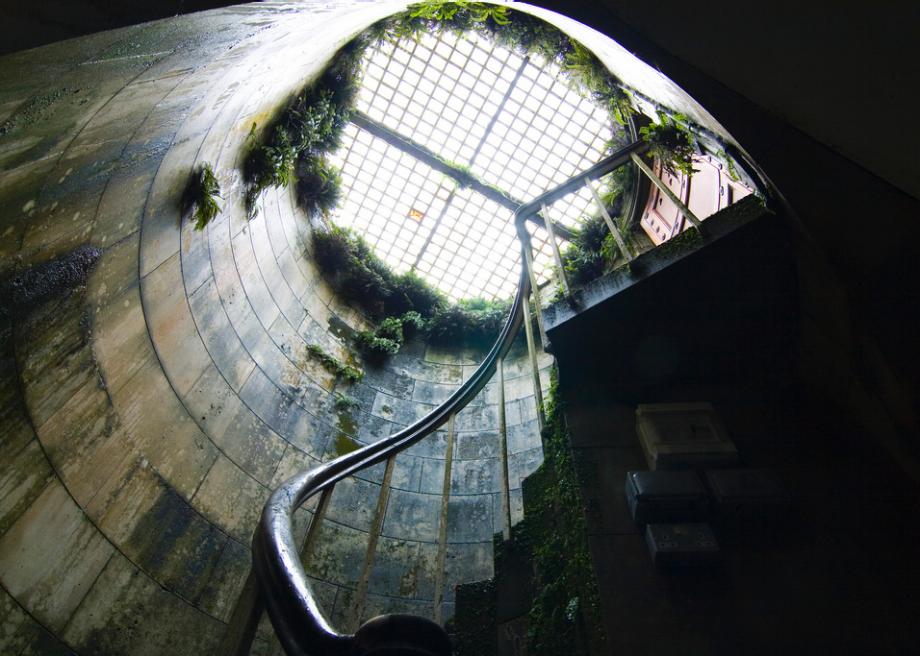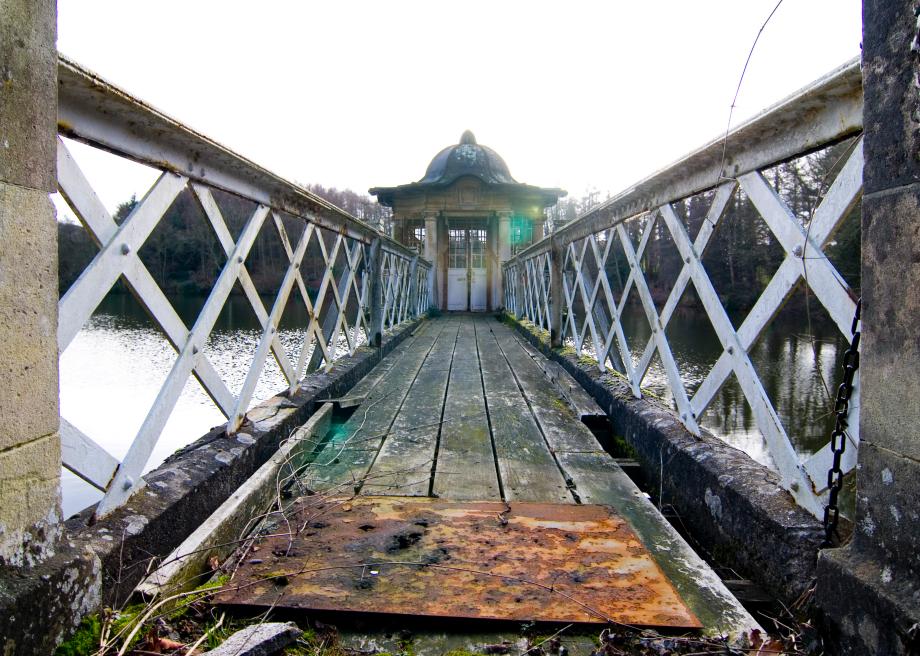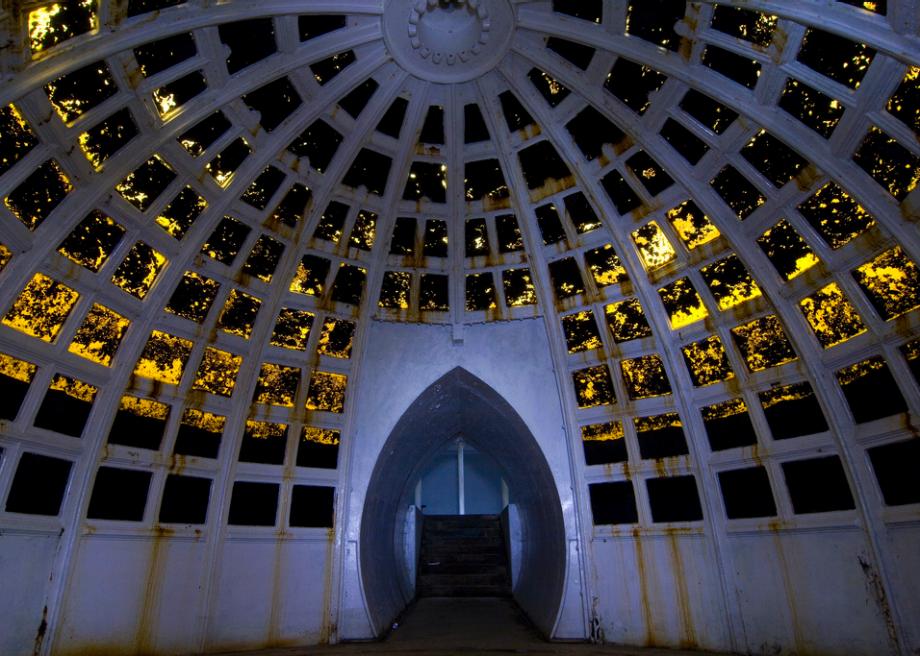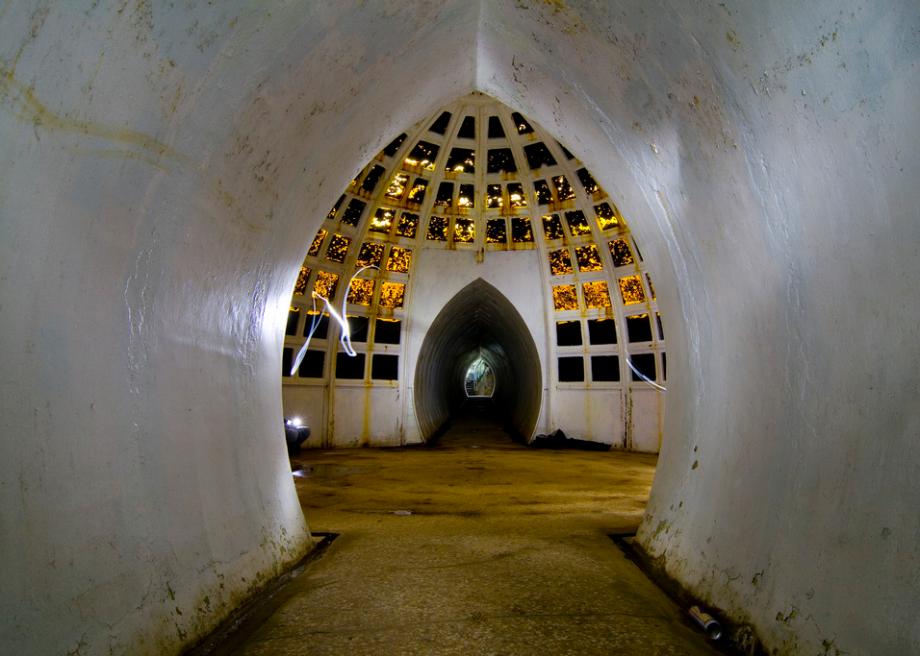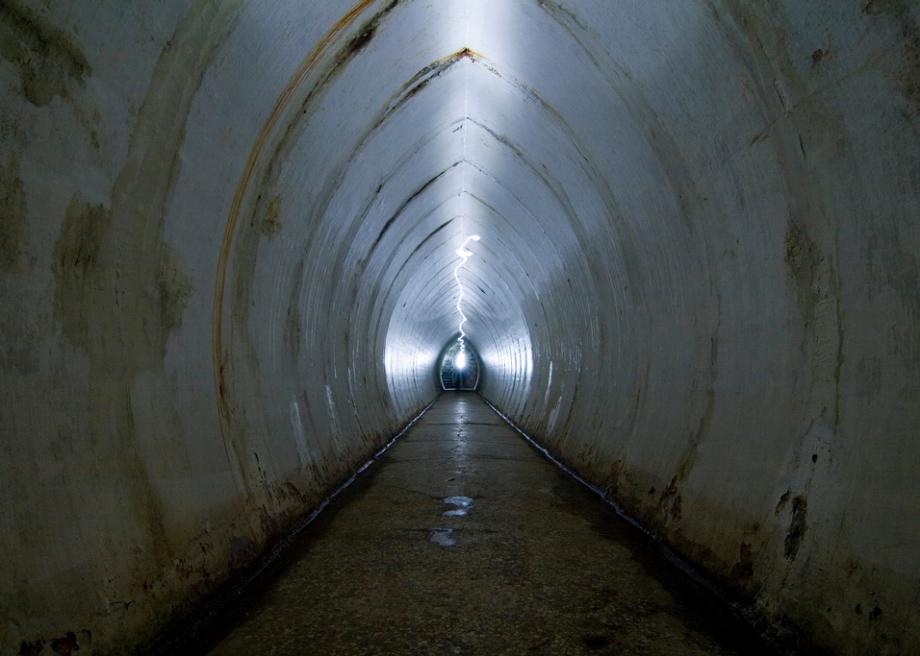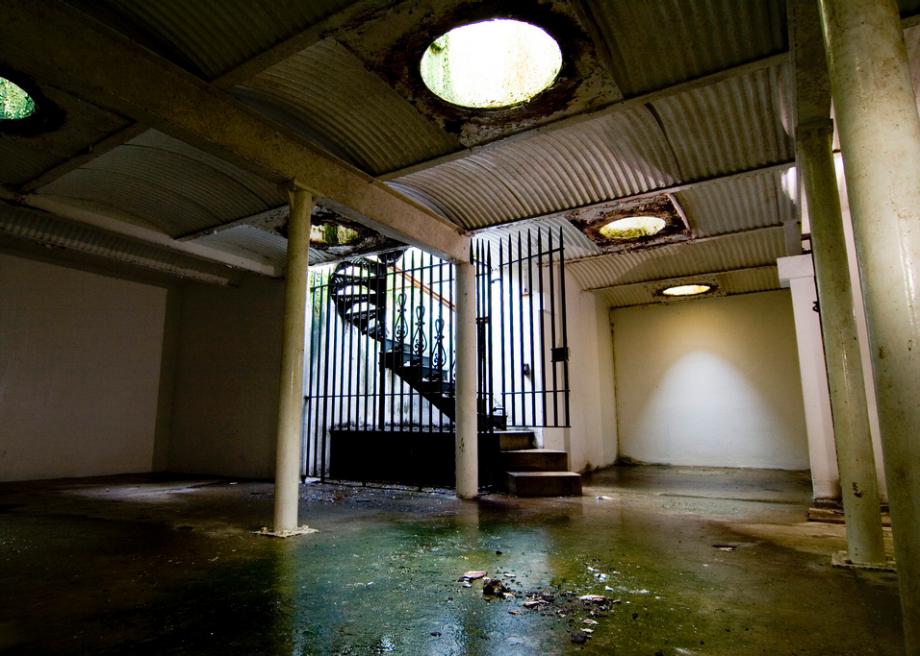Swindles, Cyanide, and the Underwater Ballroom: The Story of a Doomed Victorian Scoundrel
Atlas Obscura on Slate is a blog about the world's hidden wonders. Like us on Facebook, Tumblr, or follow us on Twitter @atlasobscura.
Whitaker Wright's life story is one of great wealth, greater deception, a subterranean smoking room, and a dramatic demise.
Born in England in 1846, Wright travelled North America in the 1870s and amassed a fortune by promoting mining companies. In 1889, Wright returned to England along with his American wife and three children. There he formed multiple companies which floated stocks and bonds for the mining industry.
Wright also purchased a massive estate, Lea Park in Surrey, and set about creating a lavish 32-bedroom, 11-bathroom home surrounded by lush gardens and tranquil lakes. Beneath one of the ponds he installed something very special: an underwater ballroom.
On August 11, 1903, Australian newspaper The West Gippsland Gazette described the subterranean room thusly:
Descending the stairs one comes to a subway, 400 feet long, lighted by rows of electric lamps. The passage leads into a great chamber of glass thirty feet in height — a beautiful conservatory with a wondrous mosaic floor, settees and chairs, palms, and little tables. Outside the clear crystal glass is a curtain of green water, and goldfish come and press their noses against the glass. This submerged fairy-room with appendages cost fully £20,000. It was built, of course, with the utmost care for if one of the square panes of three-inch glass should break, the place would be filled with water within five minutes.
With his network of corporations and a palatial estate complete with secret chambers, everything seemed to be going swimmingly for Whitaker Wright. But unbeknown to his investors, the millionaire magnate was slowly drowning.
At the turn of the century, one of Wright's companies, the London & Globe Finance Corporation, helped finance the construction of what is now the London Underground's Bakerloo line. But Wright couldn't actually afford to be spending so much money. Unable to pay back his investors and increasingly desperate to maintain his high-flying image, he issued himself a series of loans and shunted funds between his companies. Ultimately, creative accounting could not rescue him — at the end of 1900, Wright's empire collapsed.
To avoid police detection, the disgraced former millionaire spent a week sequestered in the icehouse at his sprawling manor. In search of a more long-term hidey hole, Wright then fled to New York under a false name, but was captured and extradited to England to stand trial.
In 1904, London's Royal Courts of Justice found Wright guilty of fraud and sentenced him to seven years of penal servitude. Wright excused himself to the antechamber, handed his watch to one of his lawyers, and asked for a glass of whiskey and a cigar. After a few sips of single malt and a quick puff of tobacco, he promptly dropped dead — his counsel had not noticed him swallow a cyanide capsule along with his drink. Police later found a loaded revolver on Wright, which presumably constituted Plan B.
Wright's estate, renamed Whitley Park, is now privately owned. His mansion burned down in 1952, but the underground ballroom remains — the hidden legacy of a man whose secrets destroyed him.
See more grottoes and follies:
View Witley Park in a larger map

